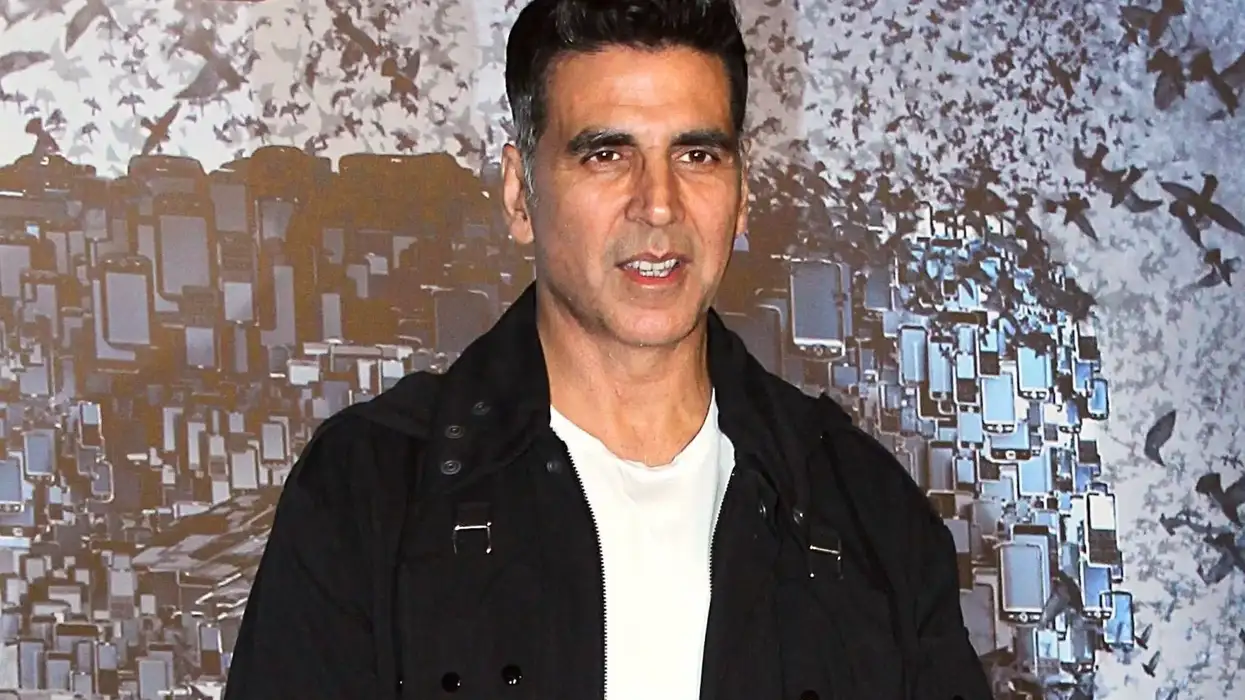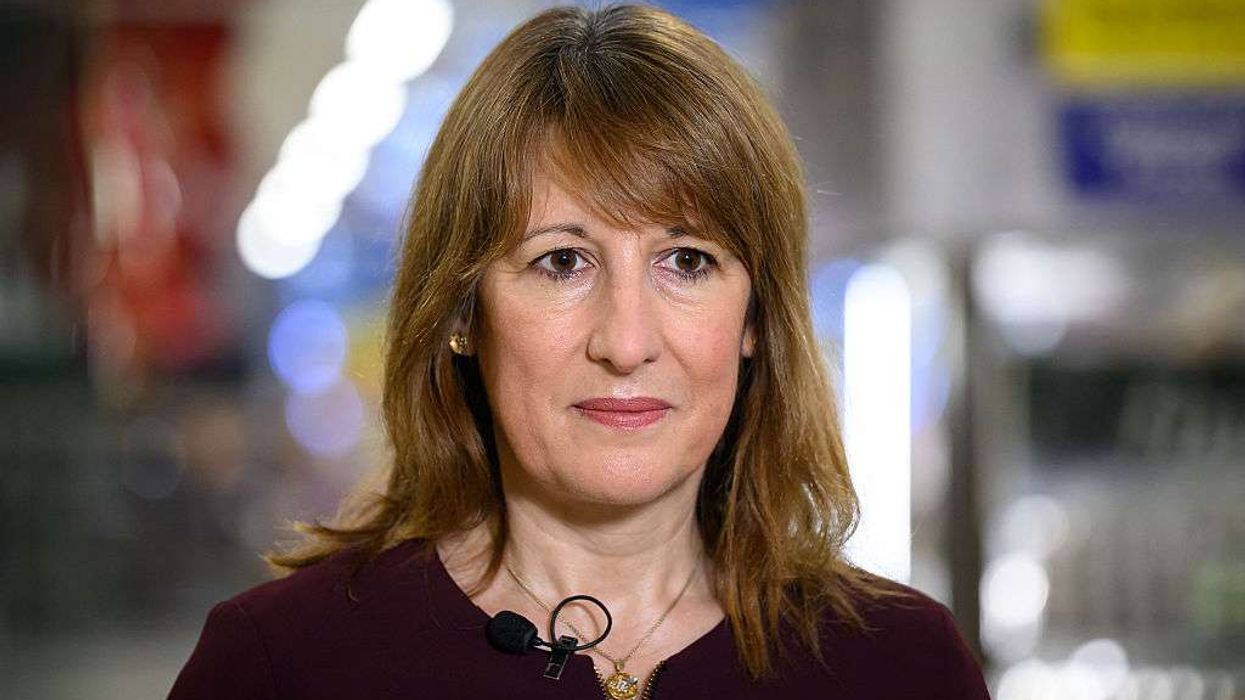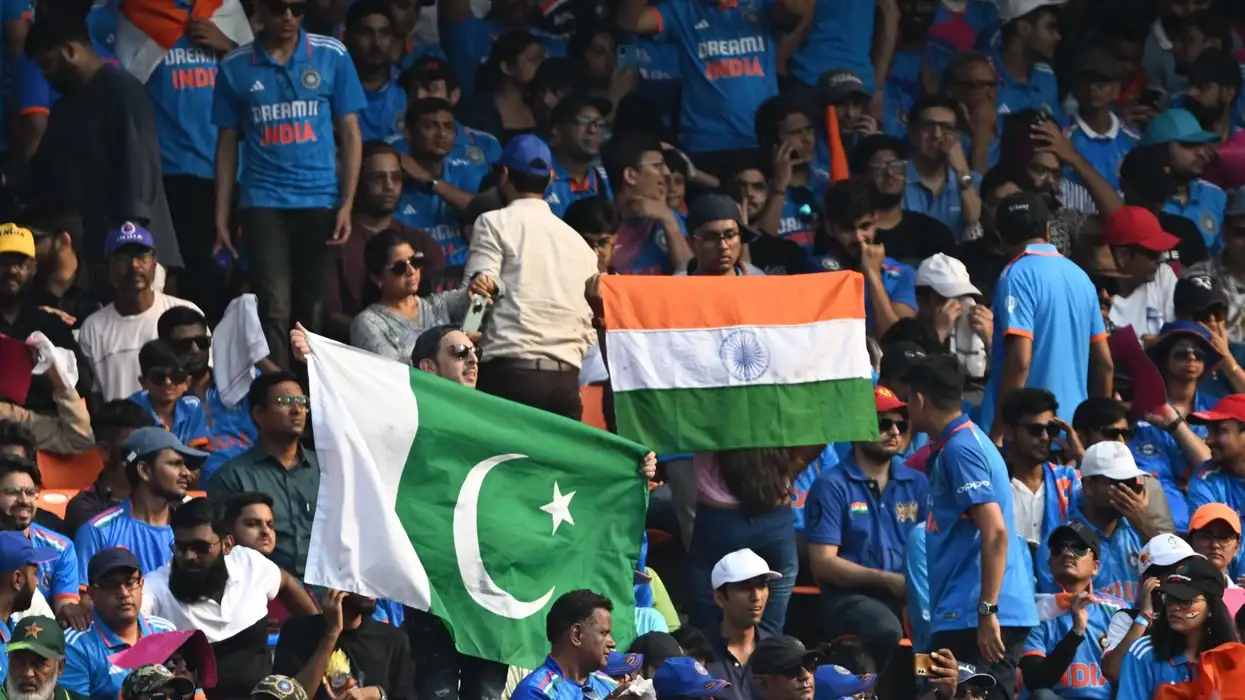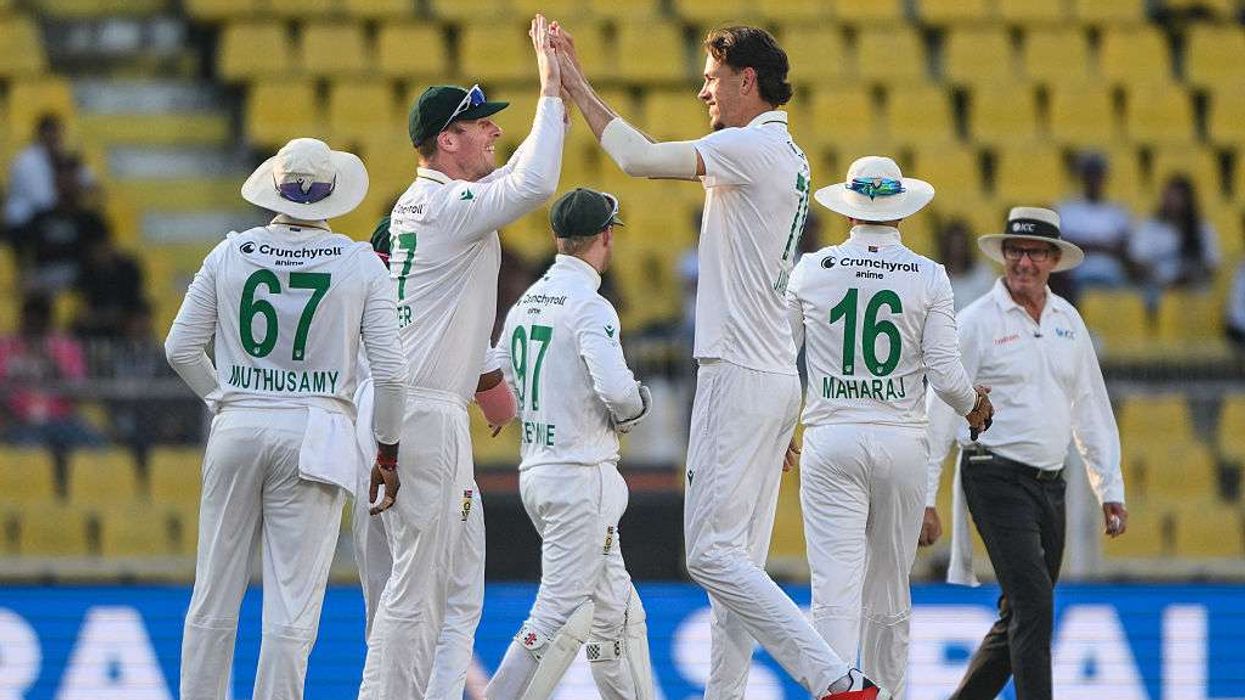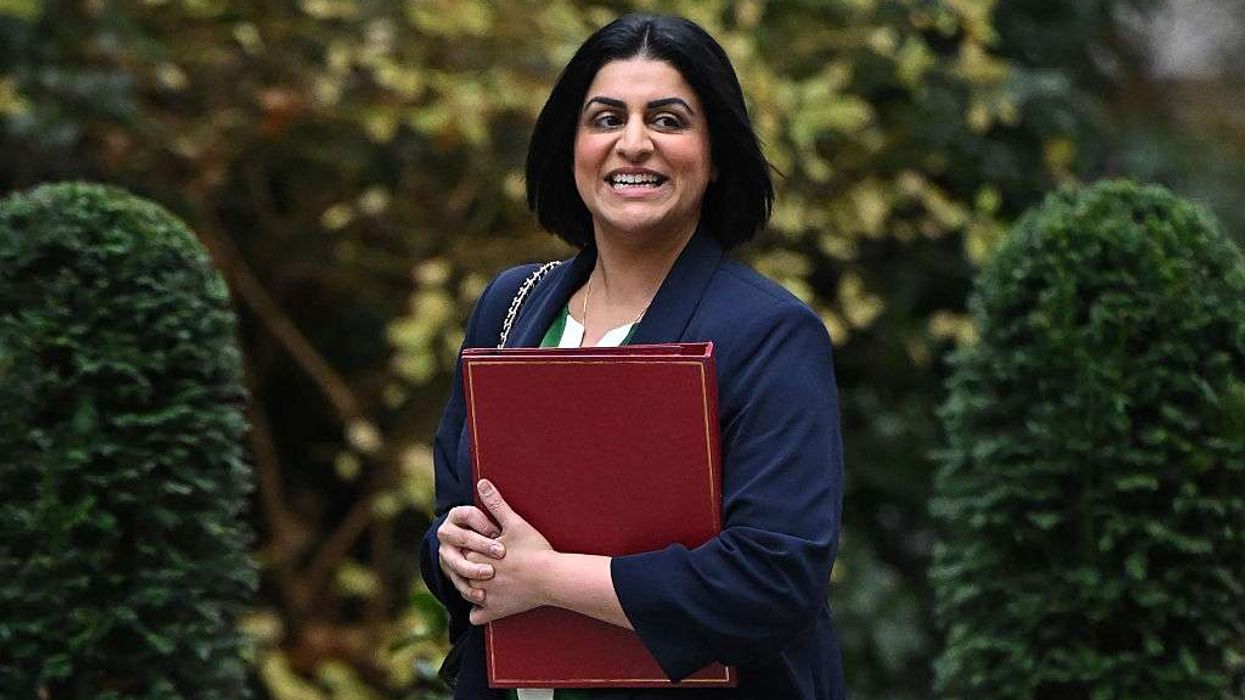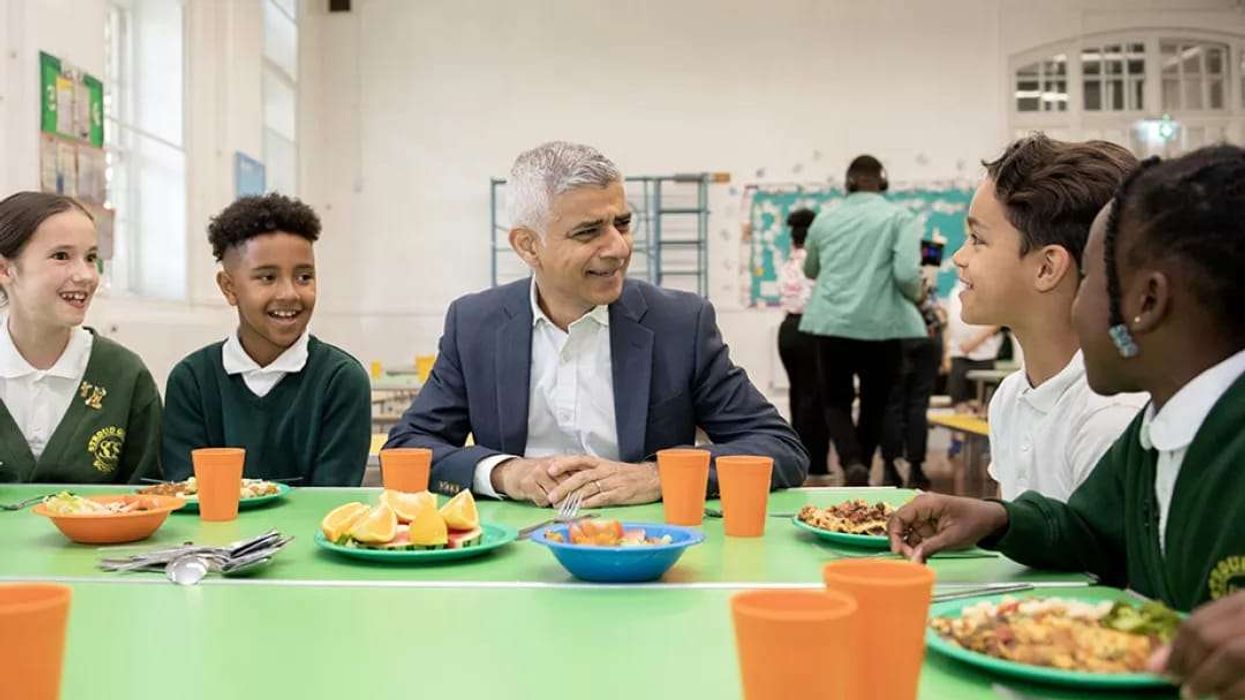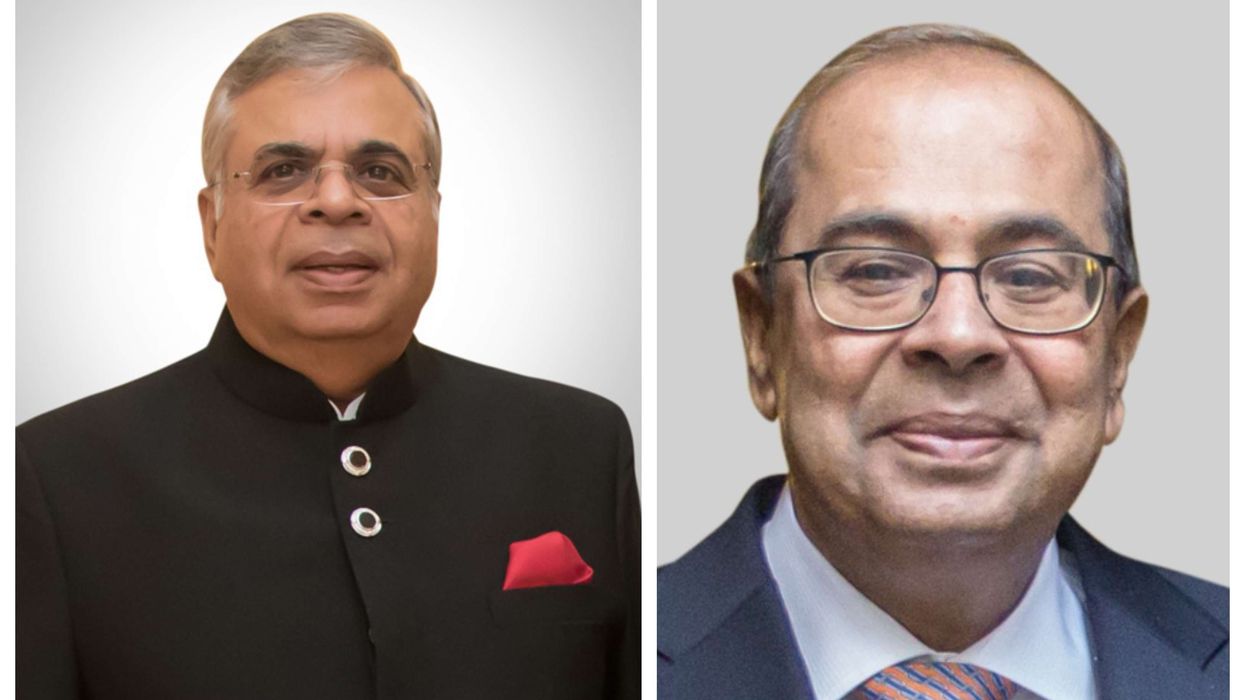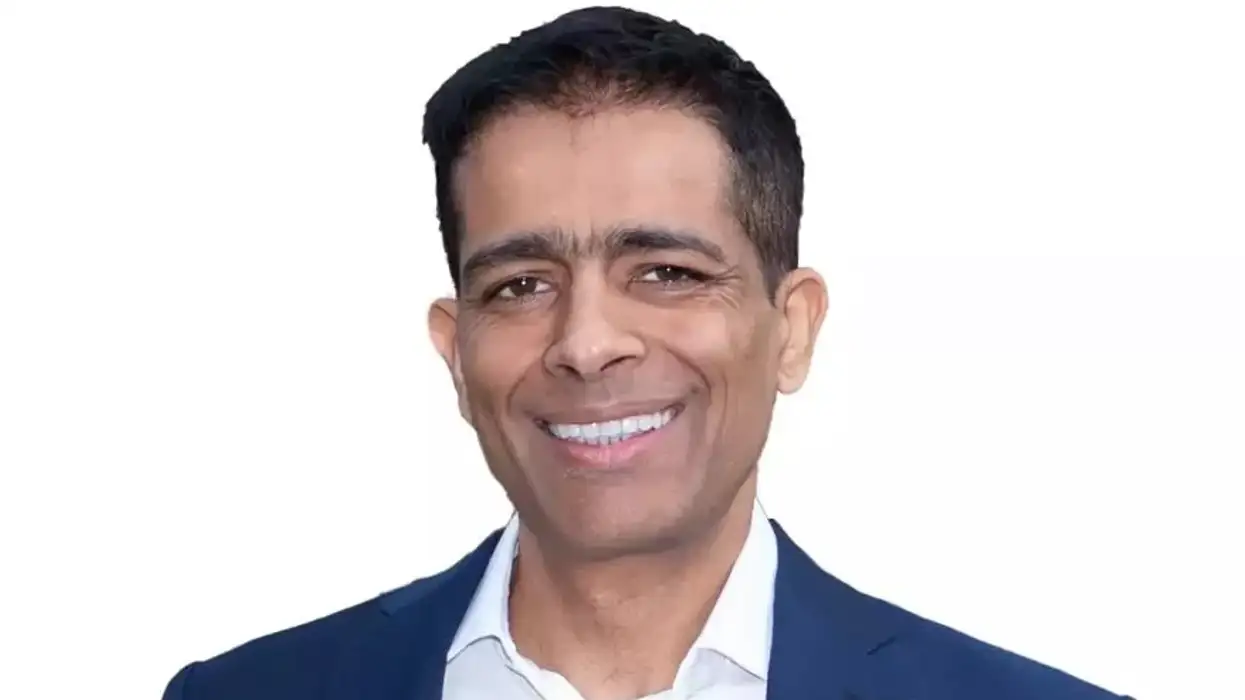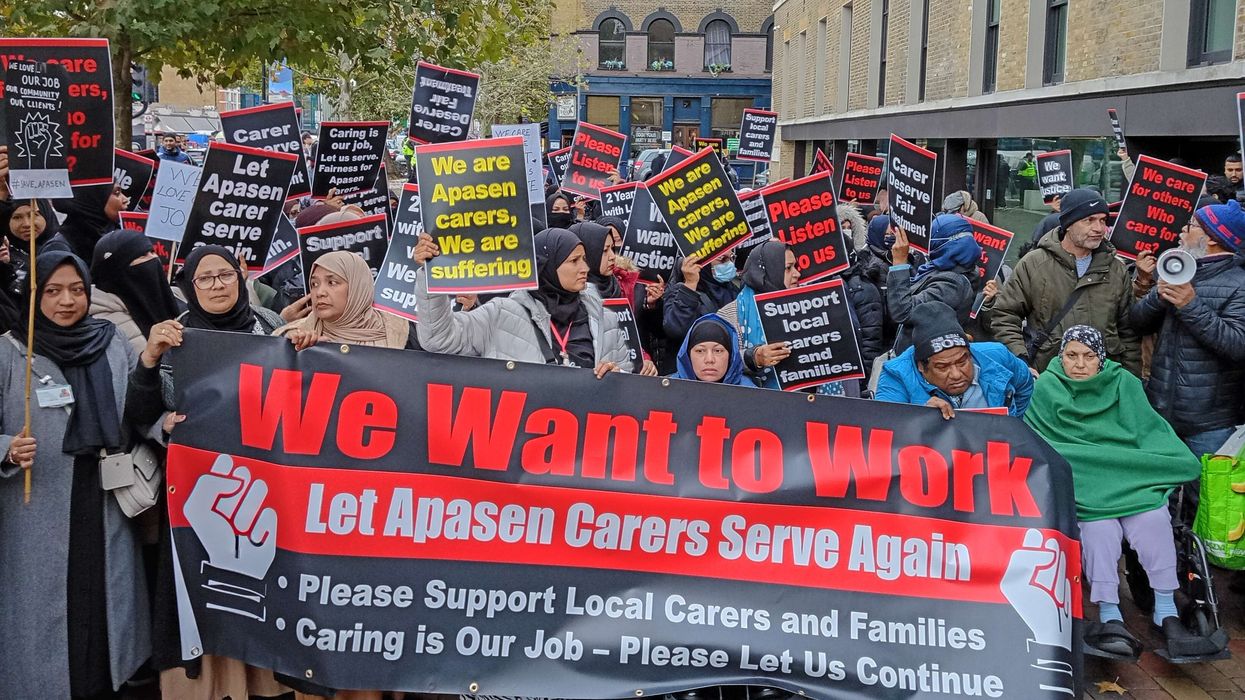By Murtuza Iqbal
Yesterday, Akshay Kumar starrer Bachchan Pandey went on the floors, and today, the actor has shared his first look from the film.
Akshay took to Instagram to share his first look with his fans. He posted, “New year, old associations...begun shooting for #BachchanPandey, my 10th film with #SajidNadiadwala, and hopefully many more. Need your best wishes and do tell me your thoughts on the look. @farhadsamji @kritisanon @jacquelinef143 @arshad_warsi @nadiadwalagrandson.”
Well, Akshay plays the role of a gangster in the film and we must say his look is quite deadly in it.
Directed by Farhad Samji, Bachchan Pandey also stars Kriti Sanon, Jacqueline Fernandez and Arshad Warsi. While the details about Jacqueline and Arshad’s character are not yet revealed, reportedly, Kriti will be seen playing the role of a journalist in the movie.
Earlier, while talking about the film, Kriti had stated, “I am very excited about it. Also, I have heard the script, it’s very entertaining. The way Farhad (Samji) has written the script and also written my role, I am very thrilled to play that. It is something very different and it has got a lot to explore as an actor. Of course, the team is the same team I have worked in Housefull 4, so my comfort level is something else.”
“Housefull 4 didn’t have as many scenes with Akshay sir to explore, but whatever we had we realised that the give and take was very good. It’s fun to do scenes with him because the scene always turns out to be better than what you see in the paper. He always has that craving of finding something more to better the scene and I actually love that and this film has a lot more. So, I can’t wait to start shooting,” she added.
Bachchan Pandey was announced in 2019, and in April 2020, the film was going to start rolling, but, due to the pandemic, it was postponed. The movie was earlier slated to release on 22nd January 2021. The makers have not yet announced the new release date of the film.
